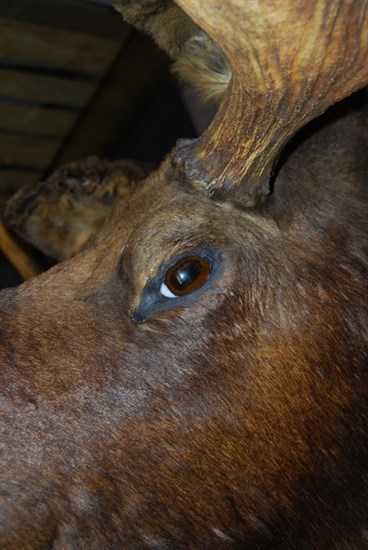Conservation
Conservation, the preservation of objects, is a vital part of the work of a museum. It can include cleaning and repair and, in the case of boats, the replacement of timbers. It's also exciting to see the transformation of an object and sharing that with visitors. The Dock Museum has a diverse collection that reflects the Borough of Barrow-in-Furness and the conservation reflects that. Here are a few examples of conservation of objects from the Dock Museum collection.
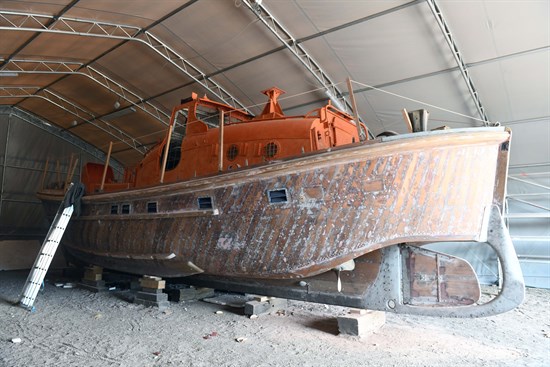
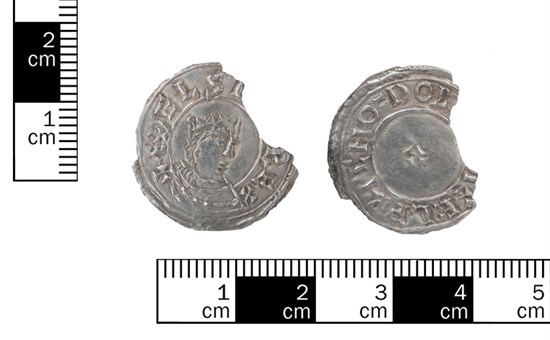
Archaeology
There has been a substantial increase in hoards found over the last twenty years due to the affordability of metal detectors. The Treasure Act and Portable Antiquities scheme has facilitated the acquisition of finds in local as well as national museums. The coin hoards have been intriguing and have been displayed once conservation was carried out.
The Furness Hoard is a Viking hoard that was discovered by a metal detectorist in 2011 and purchased by the Dock Museum in 2012. It consists of a mix of Viking coins, ingots, silver fragments and Anglo-Saxon coins. It would have been buried after 955 AD which is a comparably late date. The objects all required cleaning before going on display in the Stone Axe, Blood Axe, Conquest gallery. This nationally-important hoard was purchased thanks to donations from the Furness Maritime Trust and Tarmac as well as grants from the V&A Purchase Fund and the Headley Trust.
The Urswick Hoard is an usual find for this area. It is a late Bronze Age hoard consisting of a gold bracelet, three gold penannular lock-rings and a fragment of a looped socketed axe. They were found in 2017 and purchased with funds from the Furness Maritime Trust, V&A Purchase Fund and the Headley Trust. The hoard had overlying sand and silt on the surface, which was removed, as well as a black corrosion crust.
Boats
In the last twenty years there have been two major projects to conserve wooden boats in the museum collection. White Rose was a yacht and was built by the Ashburner brothers, probably in the 1880s. White Rose has a carvel construction and was rigged as a gaff cutter, doubling her tonnage and bringing her to a length overall of 39ft 6ins. She was lengthened three times and became invincible in local races. She was raced by different owners until the 1980s when she was donated to the Furness Maritime Trust (who then transferred the boat to the Dock Museum). In 2007 White Rose was craned inside the museum and underwent conservation between 2008-2011, largely funded by the Furness Maritime Trust and Barrow Borough Council.
Herbert Leigh is a self-righting Watson class lifeboat with a length overall of 46ft 9ins. She served the Barrow station between 1952 to 1988. She was launched on service 136 times and saved 71 lives. Herbert Leigh has undergone conservation in 2005 and 2019. In 2019 Herbert Leigh was stripped back to the wood, seams and splits were filled, repainted and metal re-galvanized. It took several months and the work was made possible by a grant from FCC Communities Fund.
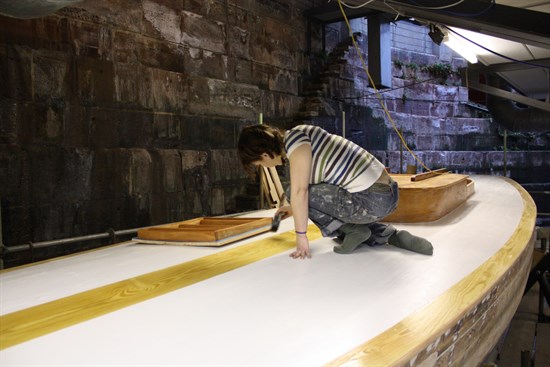
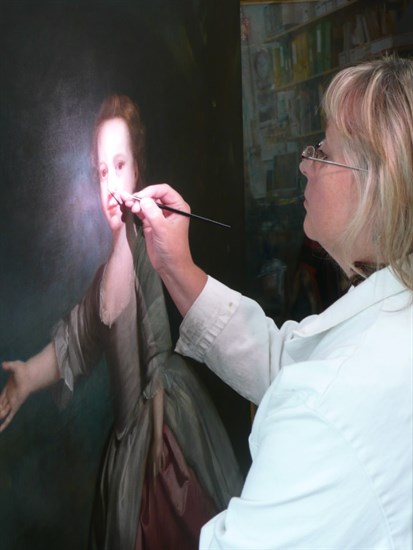
Paintings
James Cranke was a significant local portrait painter. We own three paintings by the artist: a self portrait and two paintings of his sons, John and William Cranke. Following conservation of the paintings of John Cranke as a Boy in 2005 and then William Cranke in 2019, the three paintings were reunited for the exhibition Discover the Museum!
Michaelson House by Mrs Michaelson is an important painting in the museum's collection as it shows Barrow Island and Michaelson House before the major development of the town. It was conserved in 2008 and treatments included repairing tears in the canvas, removing surface dirt and varnish layers and filling in losses of paint. It has been on display since its conservation and is a central part of our educational tours.
Natural History
The Dock Museum has a superb natural history collection that we try to display as much as possible.
The head of a moose was donated to the museum in about 1912 and is thus one of the earliest donations to what was then the Furness Museum. It is a fondly-remembered object as it was on display for many years at the Furness Museum. Due to its weight, it was conserved on site. It was in fairly good condition but surface dust needed to be removed and there was a patch of hair loss that had to be replaced. It has been on display in a number of exhibitions here.
In 1908 a pair of eagles were purchased for the Furness Museum. At some point the eagles were removed from their case and rested on poor quality cork bases. They were conserved and paired again in a bespoke case. The case reflects the origins of the taxidermy collection and so it contains a painted backdrop and high quality ground work.
